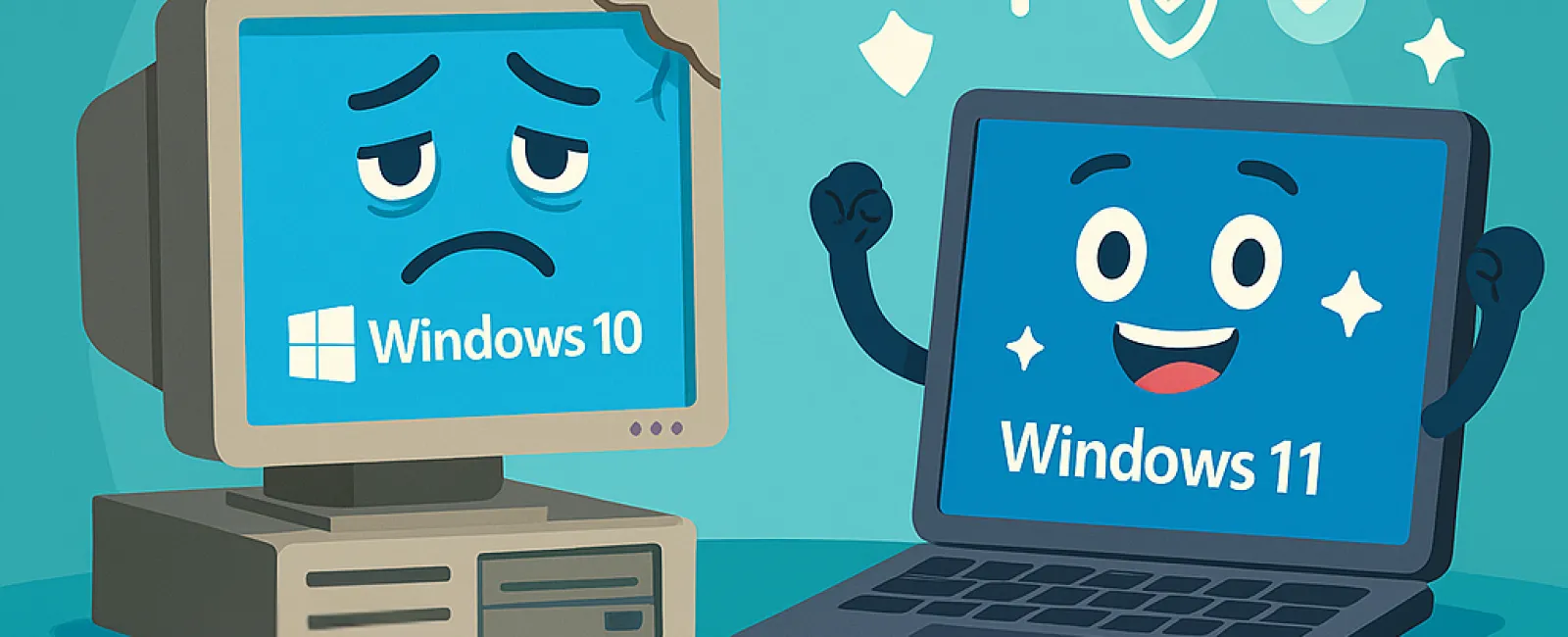September 22, 2025
While holding onto outdated technology might seem like a smart way to save money, it often ends up costing your business far more in lost efficiency, increased risks, and hidden expenses. Relying on aging hardware and software can drag down your team's productivity, inflate your operational costs, and expose your company to security threats.
Uncovering the True Price of Old Technology
Outdated technology impacts your business in several critical ways. Older systems operate sluggishly, slowing down your employees and reducing overall output. Worse, these systems are prone to sudden failures, leading to unexpected downtime that disrupts your projects and deadlines.
Security is another serious concern. Unsupported software and hardware no longer receive essential security patches, leaving your business vulnerable to cyberattacks. Hackers exploit these weaknesses to gain unauthorized access to your sensitive data. Upgrading to current software and hardware is vital to safeguarding your business and maintaining compliance with industry regulations.
Recognize When It's Time to Upgrade Your Tech
Watch for these clear signals that your technology needs replacing:
1. Running Windows 10 or an earlier version.
Microsoft will end support for Windows 10 in October 2025, meaning no more security updates will be provided. Using Windows 10 beyond this date exposes your business to significant cybersecurity threats and compliance issues. Start planning your transition to Windows 11 now to ensure continuous protection.
2. Repeated IT support calls for the same issues.
Persistent crashes, slow performance, and frequent technical glitches are not just frustrating—they signal failing technology. These problems drain your team's productivity and increase support costs.
3. Software incompatibility with new tools.
Legacy software that doesn't integrate with modern mobile apps or cloud services limits your ability to innovate, serve customers effectively, and grow your business.
4. Devices that hinder your team's efficiency.
Computers that take too long to start up or crash during important tasks like video calls slow down your workflow. Devices older than three to five years should be evaluated for performance and energy use to avoid productivity loss.
5. Outdated security infrastructure.
If your firewall or antivirus software hasn't been updated recently, your business is vulnerable to evolving cyber threats. Outdated defenses are often the entry point for ransomware and other attacks.
Worried about the cost of upgrading? While it might seem expensive upfront, sticking with outdated systems often leads to higher costs through lost productivity, security breaches, and constant repairs. Fortunately, there are cost-effective, strategic upgrade options to keep your business secure and efficient without breaking the bank.
Partner with Experts for a Smooth Transition
If you want expert guidance to smoothly upgrade your technology and stay ahead of obsolescence, contact our team to arrange a FREE Initial Consultation. This brief consultation will help you identify the best steps to maintain your business's security, efficiency, and cost-effectiveness. Schedule your appointment by calling 312-564-5446 or clicking here.




